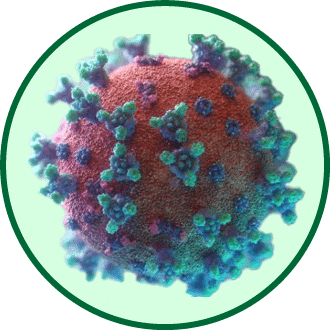Common Sleep Disorders: Identification and Management
Introduction
For millions worldwide, obtaining a night of uninterrupted sleep is a dream more elusive than reality. From the occasional restless night to chronic sleep disturbances, sleep disorders can profoundly affect one's quality of life. Delving into the most prevalent sleep disorders, we'll explore their symptoms, causes, and strategies for management.
- Insomnia: When Sleep Eludes
- What it is: A persistent challenge in initiating or maintaining sleep.
- Symptoms: Difficulty falling asleep, waking up often during the night, and struggling to go back to sleep.
- Common Causes: Stress, environmental disturbances, medical conditions, and certain medications.
- Management: Sleep hygiene practices, behavioral therapies, and medication if deemed necessary.
- Sleep Apnea: Interrupted Breathing During Slumber
- What it is: A disorder where breathing repeatedly stops and starts during sleep.
- Types:
-
- Obstructive Sleep Apnea (OSA): Most common, caused by throat muscles relaxation.
- Central Sleep Apnea: A result of the brain not sending the right signals to the muscles that control breathing.
- Symptoms: Loud snoring, morning headache, difficulty concentrating, and excessive daytime sleepiness.
- Management: CPAP devices, lifestyle adjustments, dental appliances, or surgery in severe cases.
- Restless Legs Syndrome (RLS): The Unending Urge
- What it is: A discomfort in the legs causing an irresistible urge to move them, often worsening at night.
- Symptoms: Itching, creeping, pulling sensations, often accompanied by insomnia.
- Common Causes: Genetic factors, certain medications, pregnancy, and iron deficiency.
- Management: Addressing underlying deficiencies, medication, and lifestyle modifications.
- Narcolepsy: The Inescapable Sleepiness
- What it is: A chronic sleep disorder characterized by overwhelming daytime drowsiness and sudden attacks of sleep.
- Symptoms: Sleep paralysis, hallucinations, and cataplexy (sudden loss of muscle tone).
- Management: Scheduled napping, medications, and lifestyle adjustments.
- Circadian Rhythm Sleep Disorders: A Clock Out of Sync
- What it is: Disorders that occur when one's internal clock and external environment are misaligned.
- Types: Delayed Sleep Phase Disorder, Advanced Sleep Phase Disorder, etc.
- Symptoms: Difficulty falling asleep and waking up at desired times.
- Management: Light therapy, melatonin, and consistent sleep routines.
- Parasomnias: Unwanted Events During Sleep
- What it is: Abnormal movements or behaviors during sleep.
- Types: Sleepwalking, night terrors, and REM sleep behavior disorder.
- Symptoms: Acting out dreams, screaming, walking, or talking during sleep.
- Management: Ensuring a safe sleep environment, counseling, and in some instances, medication.
- The Diagnostic Tool: Sleep Studies
Sleep studies, like polysomnography, play an instrumental role in diagnosing several sleep disorders. These tests monitor sleep cycles, movements, and disruptions to give a comprehensive view of one's sleep health.
Conclusion
Recognizing and addressing sleep disorders is crucial to ensure our bodies and minds can rest and rejuvenate adequately. With advancements in sleep medicine, individuals no longer need to suffer in silence. Consulting with sleep specialists can pave the way for restorative nights and active days.
Keywords: sleep disorders, insomnia, sleep apnea, restless legs syndrome, narcolepsy, circadian rhythm, parasomnias, sleep studies, sleep hygiene, polysomnography.
